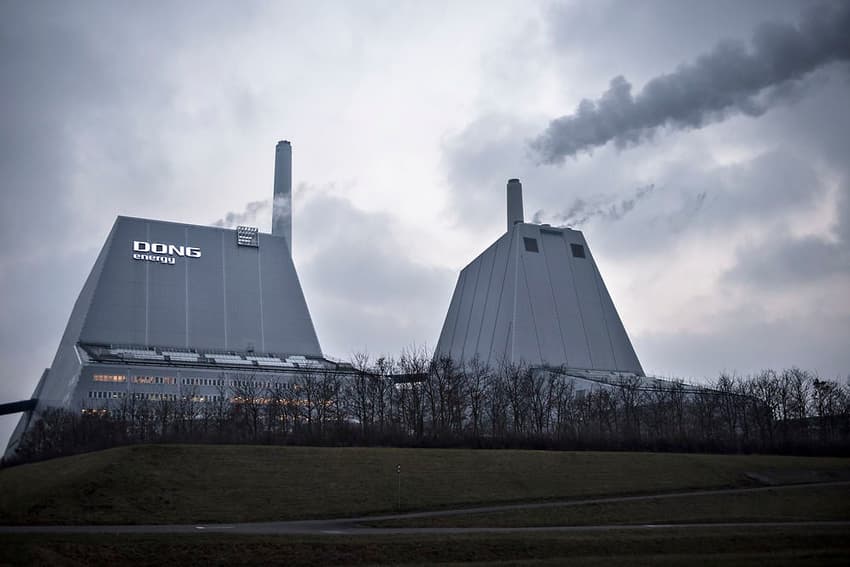Denmark's Dong Energy to ditch coal by 2023

Danish green energy giant Dong said on Thursday it was pulling out of coal use, burning another bridge to its fossil fuel past after ditching oil and gas.
Dong is the biggest wind power producer in Europe.
"The future belongs to renewable energy sources, and therefore we're now converting the last of our coal-fired power stations to sustainable biomass," said CEO Henrik Poulsen in a statement.
Dong last October already announced its withdrawal from oil and gas as fuels for electricity generation.
It said on Thursday it would stop using coal completely within six years.
Coal still accounts for 40 percent of the world's electricity production, even though it produces the highest CO2 emissions, Dong noted.
Also Thursday, Dong posted a net profit of 12.8 billion kroner (€1.7 billion, $1.8 billion) for 2016, after a loss of 170 million kroner the year earlier.
Overall sales fell six percent last year, but revenue growth from wind energy alone rose 36 percent.
Dong's shares were listed on the stock exchange last June, but the Danish state still retains a 50.1-percent stake in the company.
Its shares were up 1.4 percent on the Copenhagen exchange in late morning, in an overall softer market.
READ ALSO: Danish windmills set amazing world record
Comments
See Also
Dong is the biggest wind power producer in Europe.
"The future belongs to renewable energy sources, and therefore we're now converting the last of our coal-fired power stations to sustainable biomass," said CEO Henrik Poulsen in a statement.
Dong last October already announced its withdrawal from oil and gas as fuels for electricity generation.
It said on Thursday it would stop using coal completely within six years.
Coal still accounts for 40 percent of the world's electricity production, even though it produces the highest CO2 emissions, Dong noted.
Also Thursday, Dong posted a net profit of 12.8 billion kroner (€1.7 billion, $1.8 billion) for 2016, after a loss of 170 million kroner the year earlier.
Overall sales fell six percent last year, but revenue growth from wind energy alone rose 36 percent.
Dong's shares were listed on the stock exchange last June, but the Danish state still retains a 50.1-percent stake in the company.
Its shares were up 1.4 percent on the Copenhagen exchange in late morning, in an overall softer market.
READ ALSO: Danish windmills set amazing world record
Join the conversation in our comments section below. Share your own views and experience and if you have a question or suggestion for our journalists then email us at [email protected].
Please keep comments civil, constructive and on topic – and make sure to read our terms of use before getting involved.
Please log in here to leave a comment.